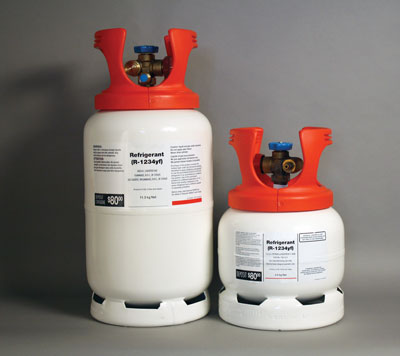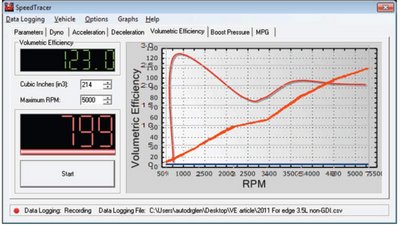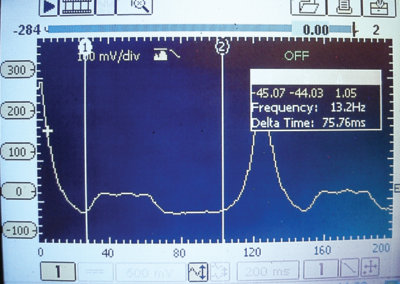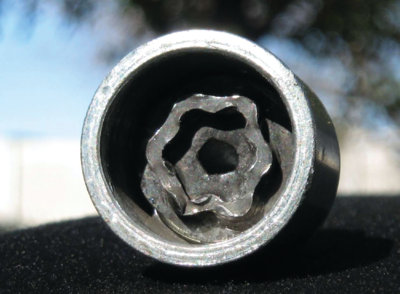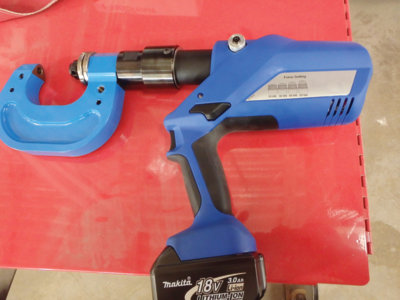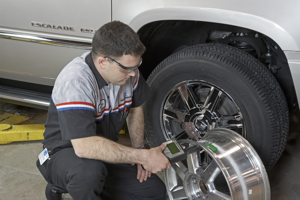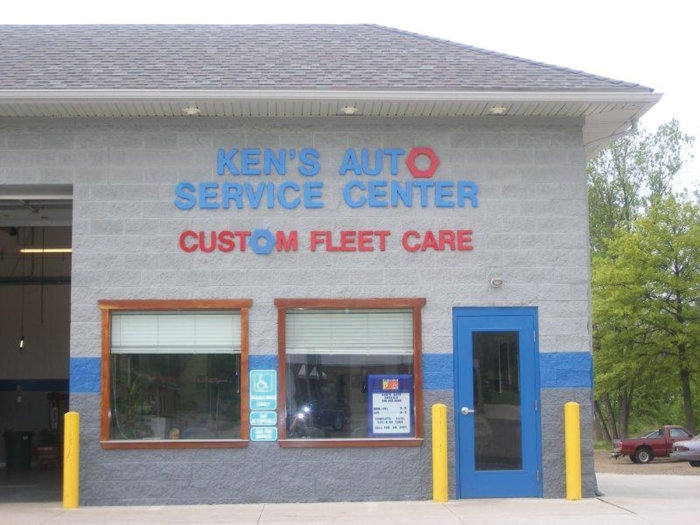 Ken-Tool’s Universal Master TPMS Sensor Hardware and Tool Service Set for Tire Pressure Monitoring System sensors, (Item #30000), is an all-inclusive kit that includes hardware and application-specific tools for servicing valve stem TPMS sensors. The set ensures that tire service technicians won’t have to purchase several individual hardware kits from different sensor manufacturers and then separately purchase expensive TPMS sensor service tools as well.
Ken-Tool’s Universal Master TPMS Sensor Hardware and Tool Service Set for Tire Pressure Monitoring System sensors, (Item #30000), is an all-inclusive kit that includes hardware and application-specific tools for servicing valve stem TPMS sensors. The set ensures that tire service technicians won’t have to purchase several individual hardware kits from different sensor manufacturers and then separately purchase expensive TPMS sensor service tools as well.
MIDAS has recognized the value and completeness of the set, and has selected it as the recommended TPMS sensor hardware replacement and tool service kit for the company’s U.S. franchise shops.
The service set is a versatile 152-piece assortment of 15 unique hardware kits that will handle 90 percent of all TPMS-equipped vehicles in the U.S. All of the necessary application-specific hardware, including the valve core and cap, grommet nut, gaskets, washers and valve stems are provided. Ken-Tool goes a step further by including replacement rubber “snap-in” valve stem kits with new sensor mounting screws that are now standard equipment on many late-model GM vehicles.
In addition to the hardware kits, the set includes all of the specialized hand tools needed to service and replace the hardware on TPMS sensors. Provided in the set are a precision valve stem torque wrench and two deep-well sockets for the ferrule nuts. Also included is a special torque tool with TORX bits for the rubber snap-in valve screws, and a valve core torque driver used to seat the valves. The set features Ken-Tool’s new and exclusive TPMS Sentry sensor service tool to ensure the sensor is held securely during the tire changing process. Packed in a sturdy poly storage case, there are 50 extra valve cores, 50 extra valve caps and a detailed laminated application/torque guide included in the set.
"Most sensor manufacturers recommend that TPMS sensor hardware be replaced whenever the sensor is loosened or removed from the wheel,” said Rock Tyson, Ken-Tool’s director of marketing and sales. “Once the sensor is loosened, original hardware components are more likely to allow air to leak or escape if reused. Replacing old hardware helps the TPMS system function properly when the tire is remounted on the vehicle. Our hardware components are manufactured to OEM specifications so technicians won’t have to worry about unhappy customers returning with TPMS system fault codes appearing on their dashboards due to leaky hardware!"
TPMS sensor hardware and servicing is rapidly becoming a new service and revenue opportunity. Many new car, tire dealer and automotive service shops are presently charging between $5 and $10 per tire for the installation of a new hardware kit. This means Ken-Tool’s entire package can represent add-on revenues of more than $1,500 per 152-pc set. Individual replacement kits and tools also are readily available from Ken-Tool.
 For more information, visit www.kentool.com.
For more information, visit www.kentool.com.


